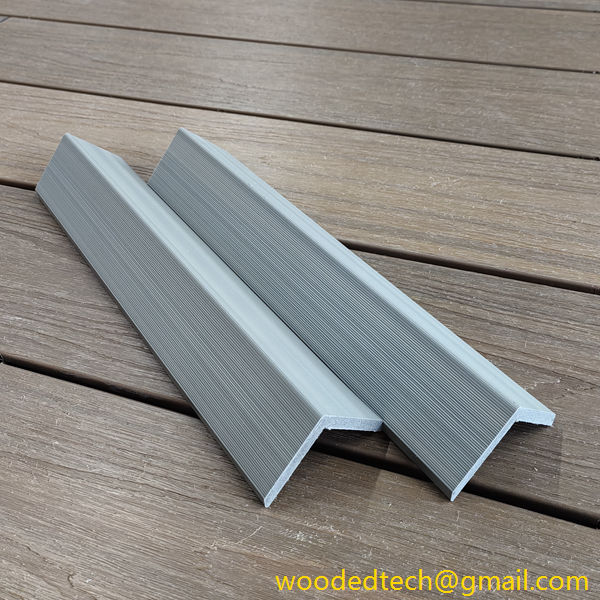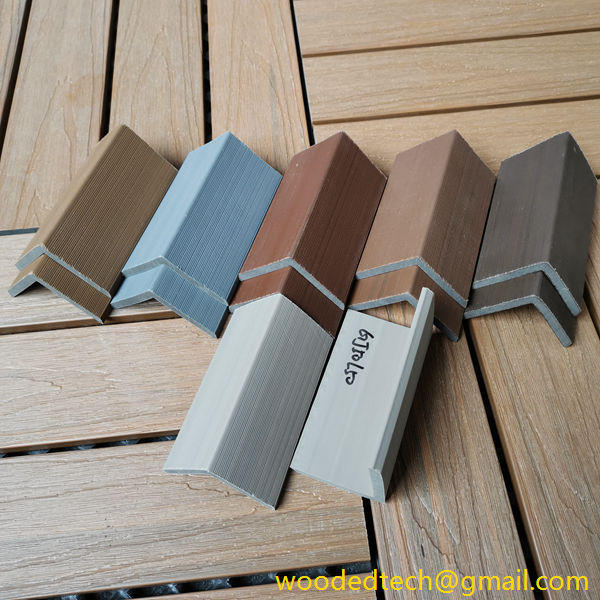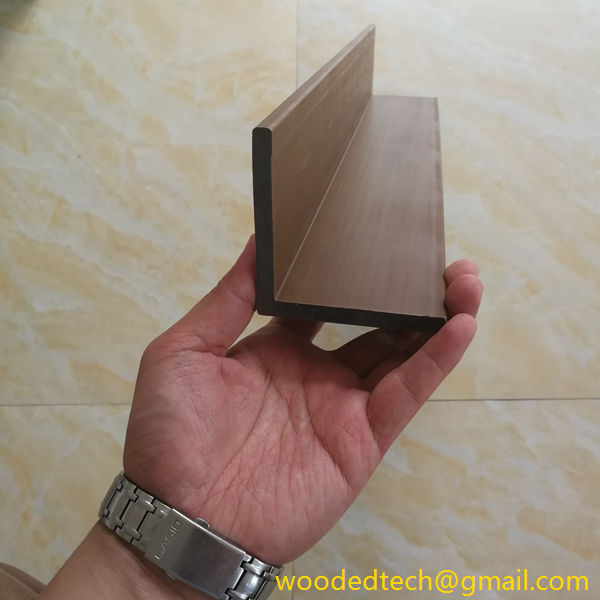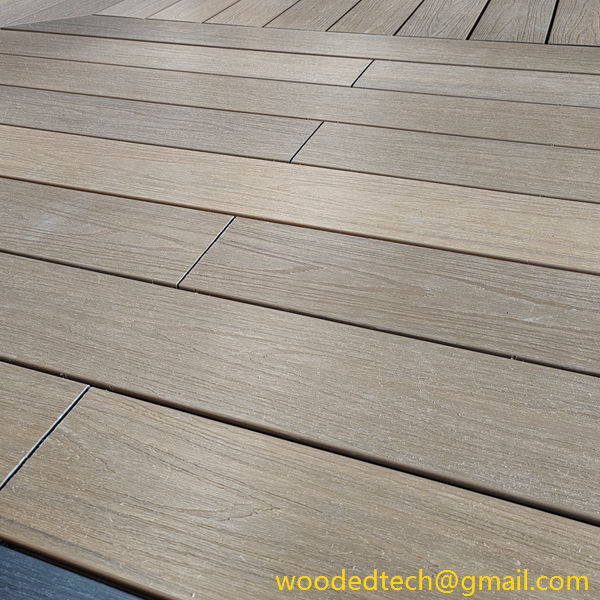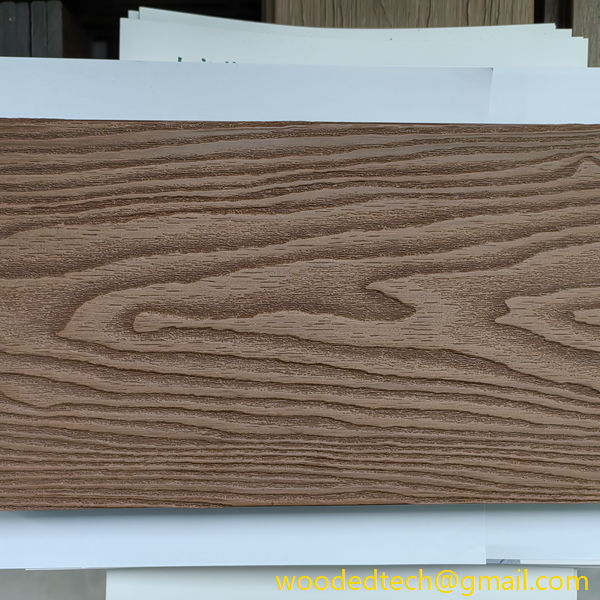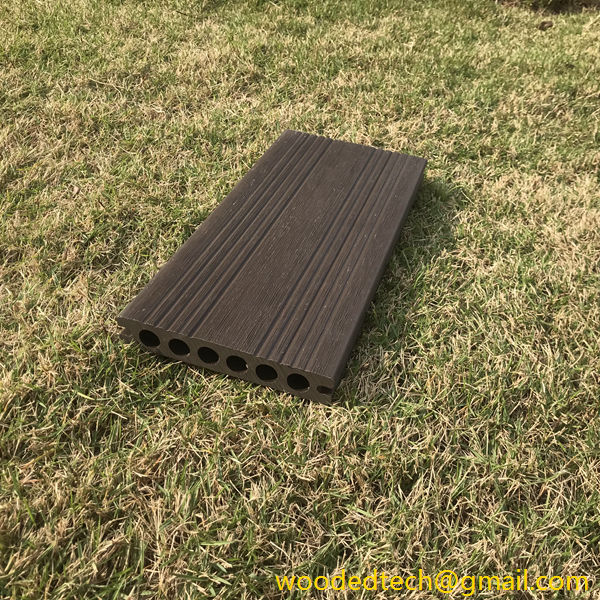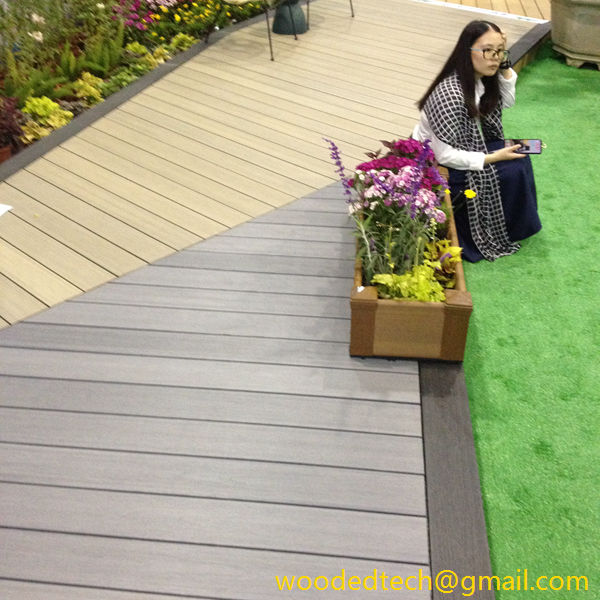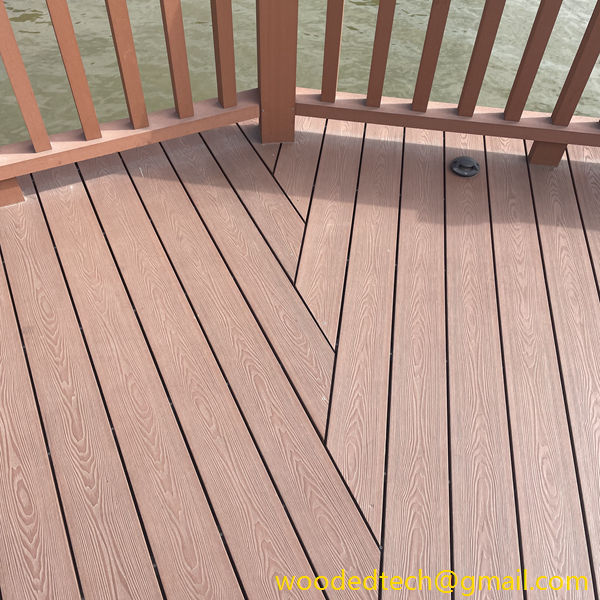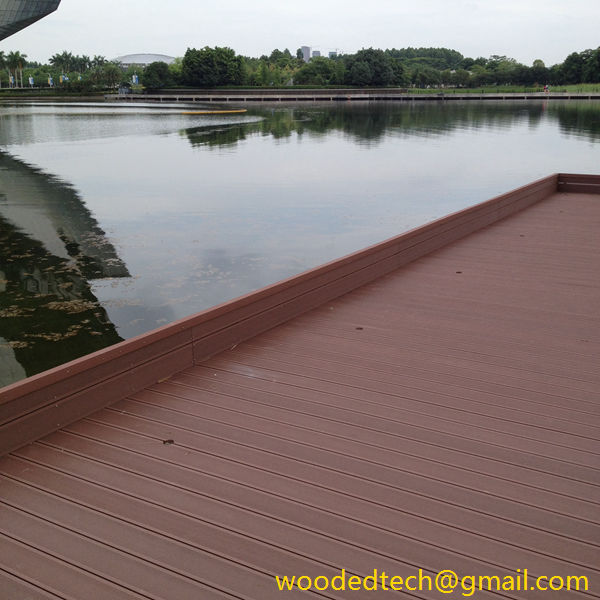Discover the WPC Panel Dimensions to Suit Your Project Needs
Discover the WPC Panel Dimensions to Suit Your Project Needs When embarking on a construction or renovation project, one of the pivotal decisions you will face is selecting the right materials. Among the variety of options available today, Wood Plastic Composite (WPC) panels have emerged as a popular choice. Their versatility, durability, and aesthetic appeal…
Discover the WPC Panel Dimensions to Suit Your Project Needs
When embarking on a construction or renovation project, one of the pivotal decisions you will face is selecting the right materials. Among the variety of options available today, Wood Plastic Composite (WPC) panels have emerged as a popular choice. Their versatility, durability, and aesthetic appeal make them suitable for a wide range of applications. In this article, we will explore the dimensions of WPC panels, helping you to discover the perfect size to suit your project needs.
WPC panels are engineered from a blend of wood fibers and plastic, which results in a material that is both robust and lightweight. This unique composition provides numerous advantages, including resistance to moisture, insects, and decay, making WPC panels ideal for both indoor and outdoor use. Their customizable nature allows for various dimensions, enabling you to tailor the panels to your specific requirements.
Understanding the dimensions of WPC panels is crucial as it affects not only the appearance of your project but also its structural integrity. WPC panels come in a variety of standard sizes, typically including thicknesses ranging from 5mm to 30mm, widths from 100mm to 300mm, and lengths that can extend up to several meters. However, it is important to note that many manufacturers offer custom dimensions to accommodate unique project specifications. This flexibility is one of the standout features of WPC panels, allowing you to maximize both functionality and design.
When considering the dimensions of WPC panels for your project, it is essential to assess the intended use. For example, if you are constructing outdoor decking, you might require wider panels to create a seamless look. On the other hand, for interior wall cladding, narrower panels may be more suitable to achieve the desired aesthetic. Additionally, the thickness of the panels will play a key role in their strength and durability. Thicker panels may be necessary for load-bearing applications, while thinner options could suffice for decorative purposes.
One of the significant advantages of WPC panels is their ease of installation. The customizable dimensions allow for straightforward cutting and fitting, which can save both time and labor costs during the construction process. Many manufacturers provide guidelines and resources to assist with installation, ensuring that even those with minimal experience can achieve professional results. This accessibility makes WPC panels an excellent choice for DIY enthusiasts as well as professional contractors.
In addition to their practicality, WPC panels are also available in a wide range of colors and finishes. This variety allows you to select the perfect look to match your design vision. Whether you prefer the natural appearance of wood or a sleek modern finish, WPC panels can be customized to meet your aesthetic preferences. The possibility of combining different dimensions and finishes opens up endless design opportunities, giving you the flexibility to create a unique space that reflects your personal style.
Sustainability is another key factor driving the popularity of WPC panels. Made from recycled materials, WPC panels are an eco-friendly option that contributes to reducing waste. By choosing WPC, you are not only opting for a durable and versatile material but also making a positive impact on the environment. Many consumers today prioritize sustainable building materials, and WPC panels fit seamlessly into this trend, offering a responsible choice without compromising on quality or performance.
When determining the right dimensions for your WPC panels, it is also crucial to consider the local climate and environmental conditions. In areas with high humidity or extreme weather, selecting thicker and more robust panels may be necessary to ensure longevity and performance. Conversely, in milder climates, standard dimensions may suffice. Understanding these factors, along with your project’s specific needs, will help you make informed decisions regarding the dimensions of your WPC panels.
In conclusion, WPC panels stand out as a highly customizable material that can meet the diverse needs of any construction or renovation project. Their wide range of dimensions allows for tailored solutions that enhance both functionality and design. By carefully considering the intended use, desired aesthetic, and environmental factors, you can discover the perfect WPC panel dimensions to suit your project needs. The combination of durability, ease of installation, and sustainability makes WPC panels an attractive choice for both residential and commercial applications. As you embark on your project, exploring the possibilities that WPC panels offer will undoubtedly lead to a successful and satisfying outcome.

